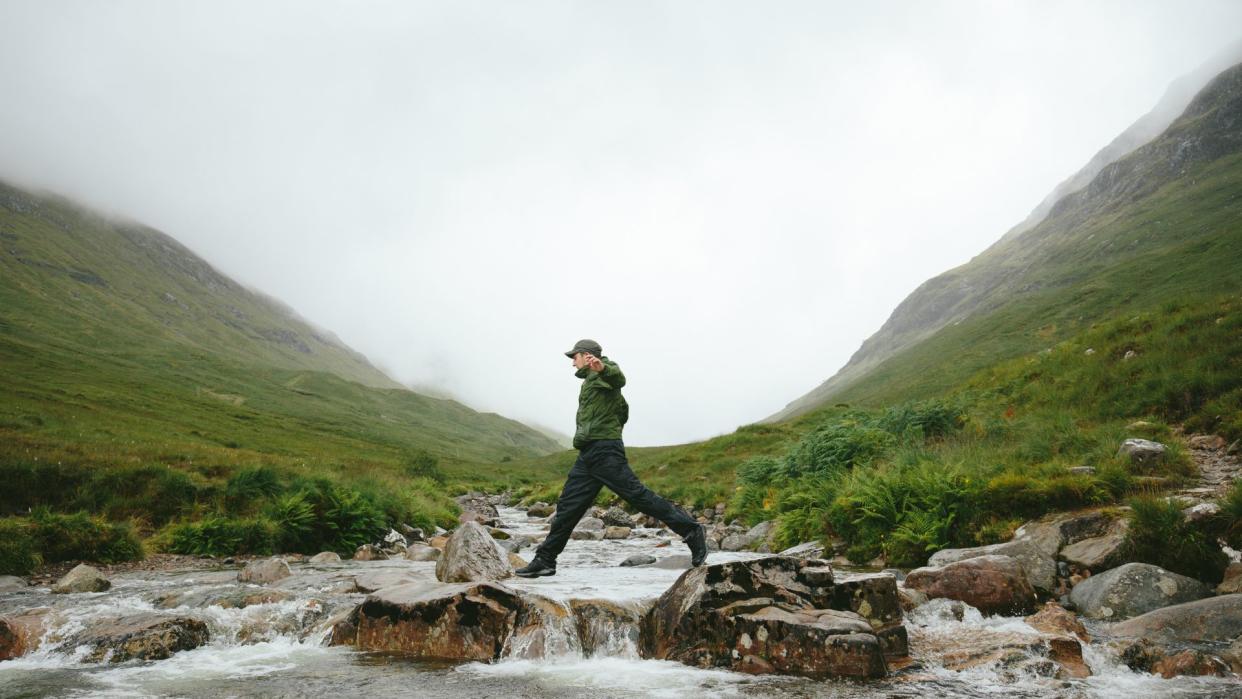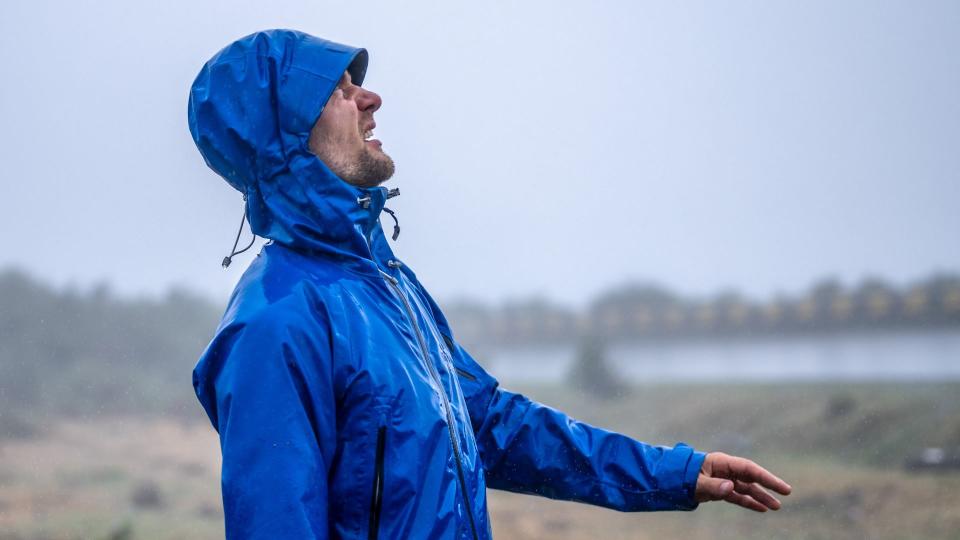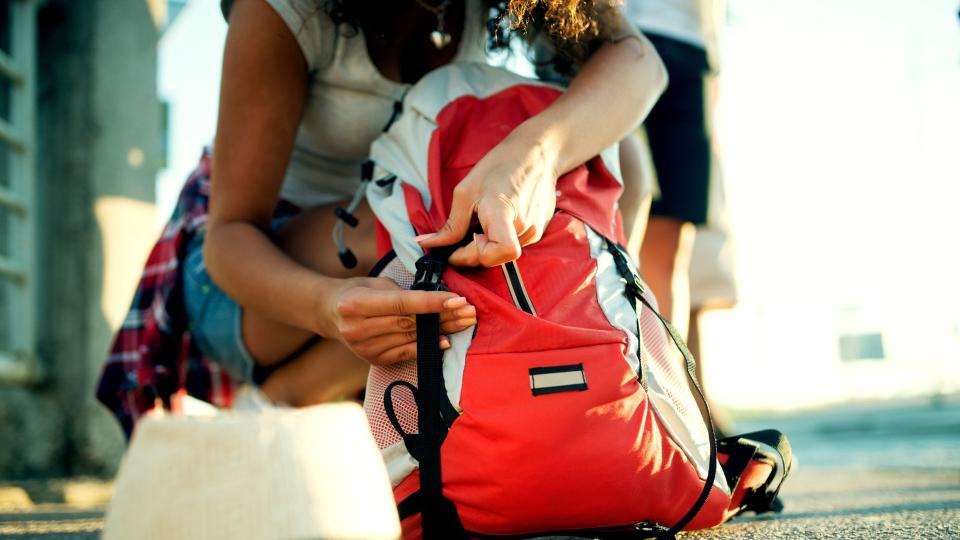5 things you should always do before heading on a hike

Walking season is upon us and, as the days become longer and the weather gets warmer, we know there are plenty of you out there, itching to lace up your hiking boots or walking shoes. Not only is it good for us physically, but it also feeds the soul.
Some hikes don’t require too much planning, especially if you’re doing a route that’s short, or local. But for others that are more challenging, or aren’t on your doorstep, it’s best to plan. Otherwise, it could end up in disaster.
I’m walking proof of that, as my sister and I almost got stranded up Pen y Fan, a spontaneous trip gone wrong with very little planning. It was not an enjoyable experience, to say the least.
So as you don’t follow in my footsteps, I asked Pitt Grewe, Head of Public Lands Partnerships at AllTrails to share his advice on what you should do before going on a hike. Here are his top five suggestions...
1. Check the weather forecast

You can never rely on the weather these days, so Pitt says check the forecast of the area you’ll be hiking, not just the day before, but on the day too. “Being prepared for potential weather changes means a safer and more enjoyable experience,” he says. Also, make sure you take a waterproof coat, just incase things take a turn for the worse.
2. Check the trail conditions
“It’s not just real-time weather you want to bear in mind, you’ll also want to see if the trails are recovering from recent weather,” Pitt says. If you’re wondering just how you can do that the AllTrails app has reviews and recommendations on trails left by real people, so you can get a better understanding of their conditions.
3. Pack and prep
“This will ultimately depend on your research about the trail and its conditions, but you should always have a map of your route with you,” Pitt says. Then don’t forget the essentials for your hiking backpack: base layers, your phone, snacks and water. Pitt even suggests a battery pack for longer adventures. “It’s also important to prepare for the unexpected—even when easier hikes may seem less risky, so for all hikes, I recommend carrying a fully stocked first aid kit,” he adds.

4. Tell someone your plans
This may seem like a bit of a faff, but it’s better to be safe than sorry, especially if you plan on doing a more challenging route. “Tell a friend or family member about your hiking plans, including your intended route, expected return time, and any emergency contacts,” Pitt says.
5. Choose a suitable trail
It’s all very well and good wanting to do a testing trail but first, be honest with yourself, is it the right trail for you? Are you physically (and even mentally) capable of completing it? “‘Hard’ isn’t just about the length,” says Pitt, “elevations and conditions are important too. Know your own fitness levels and experience and choose a trail to match this.”
